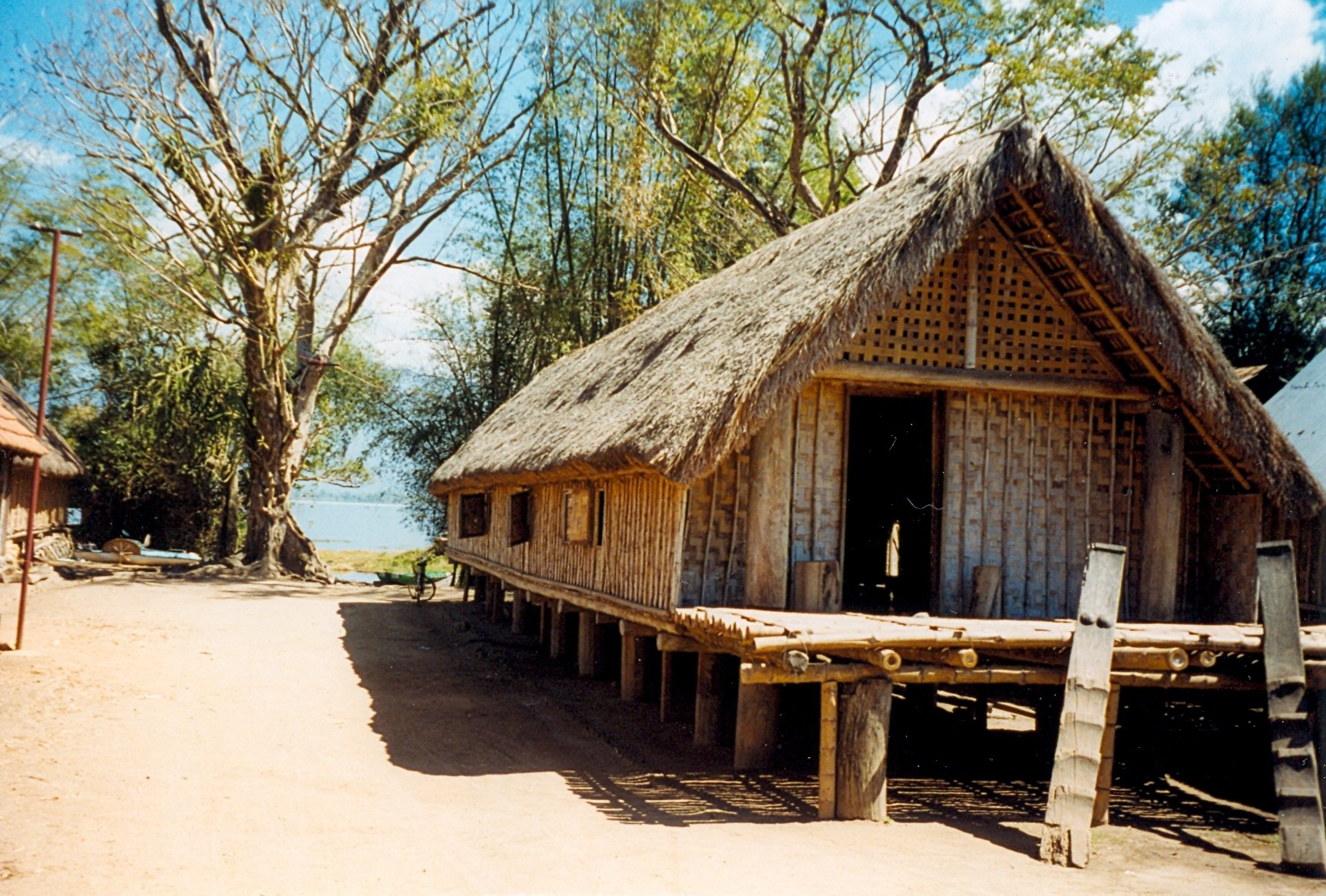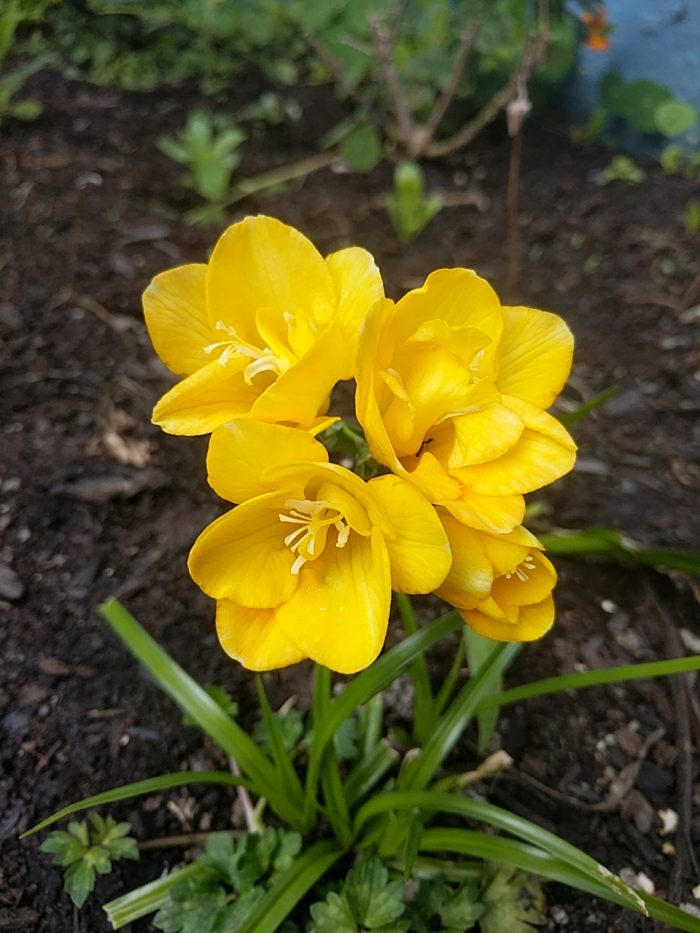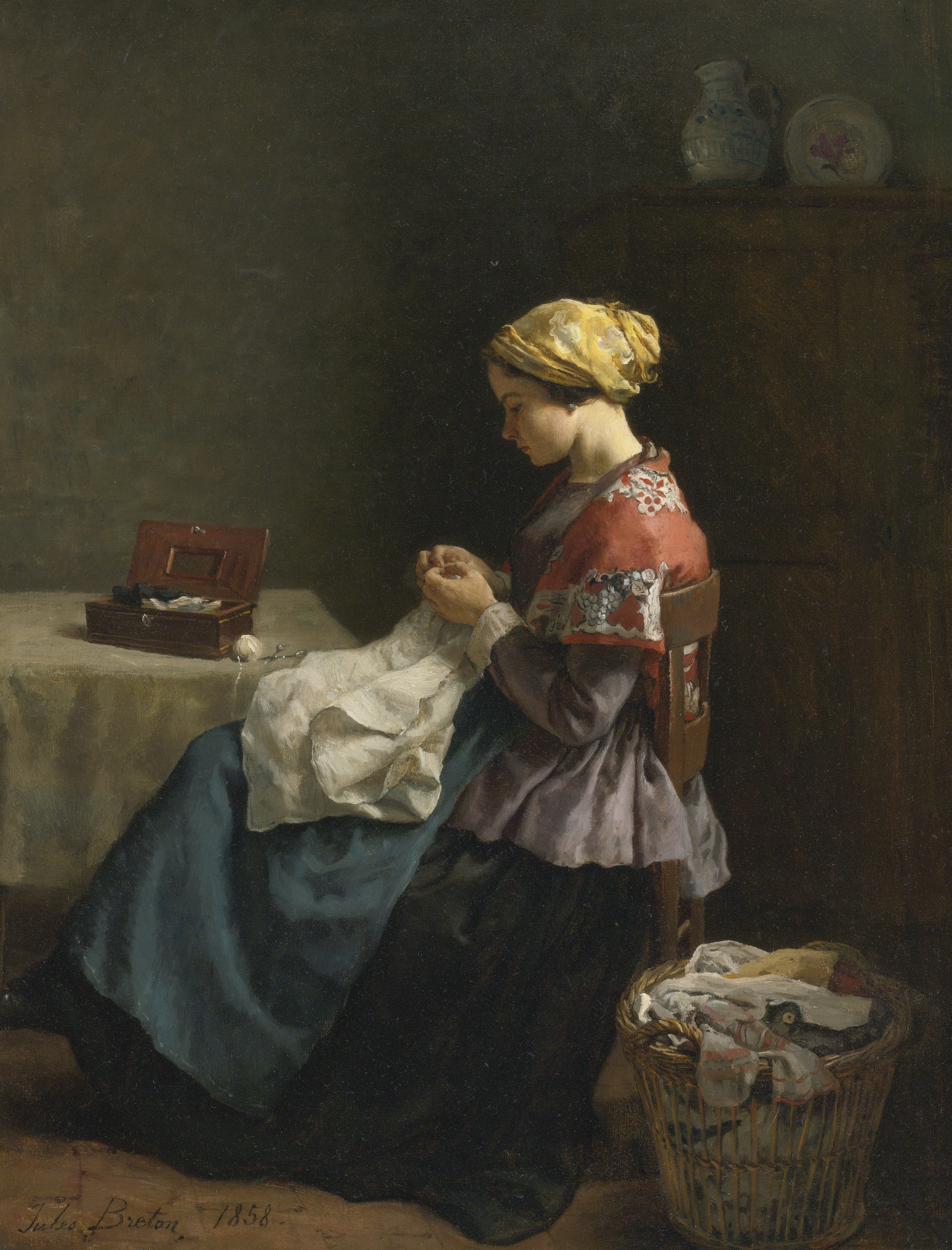Terraced houses – also known as row houses and even townhouses – are an older technology than you might imagine. What, after all, is a longhouse but a row of terraced housing without the firewalls separating each part?
The firewalls are, however, an important development. They remove one of the main disadvantages to the longhouse: the possibility that someone will – accidentally or otherwise – burn down the whole neighbourhood in one go.
(Where I grew up, it was not unknown for people to burn their own house down as a way to make someone else feel bad about What They Did, and this is a large part of why they don’t live in longhouses any more. Hard to tell if burning your house down is passive-aggressive or just plain aggressive, when it’s also everybody else’s house.)
Terraced houses, you may recall, were in the news not so long ago. Kirstie Allsopp, co-presenter of Location, Location, Location, was being condemned for opposing detached housing, despite living in a “nice detached Devon property” (to which she responded, “Most Jacobean mansions are detached, you morons. In London I live in a block of flats”).
On closer inspection, it is only the building of detached housing where terraced housing would be more suitable that has attracted her ire. As she points out, “It’s not the fact that they are detached; it’s the quality of them. Better to build semis or terraced houses with bigger gardens, better heat & sound insulation and, vitally, more space inside, than pretend those tiny little gaps means they are “detached” and somehow better.”
Continue & Comment


